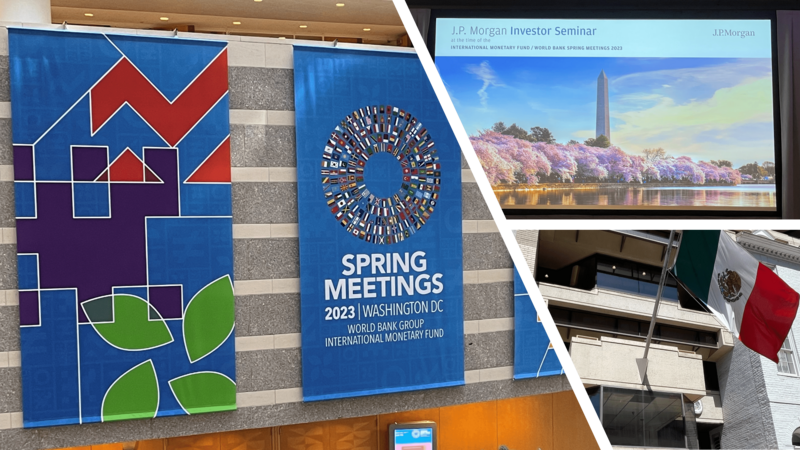 We went to Washington from April 12 to 14 during the spring meetings hosted by the International Monetary Fund (IMF) and the World Bank (WB).
We went to Washington from April 12 to 14 during the spring meetings hosted by the International Monetary Fund (IMF) and the World Bank (WB).
On this occasion, we had the opportunity to participate in roundtables with policymakers across Latin American countries to assess their economic situation. We also met local political analysts and got a sense of investors' sentiments.
Brazil (Federal presidential republic, population of 218.7 M, GDP (ppp) of $3.13 Tr)
G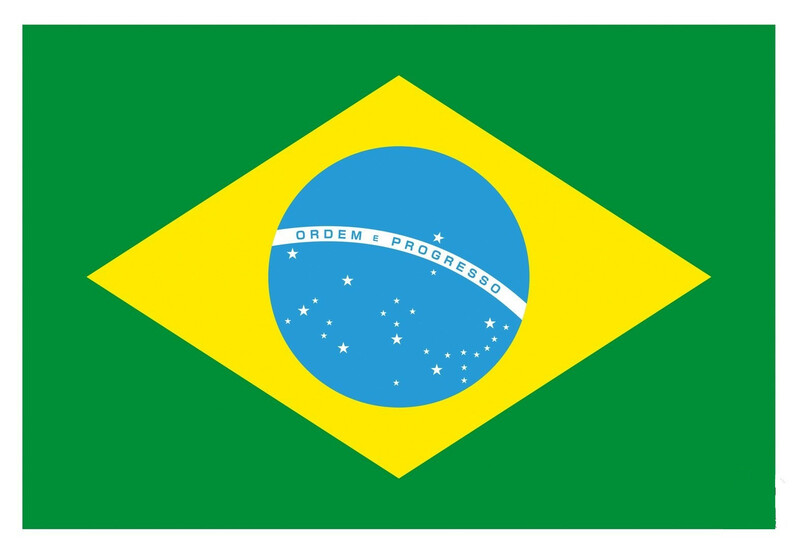 reen with a large yellow diamond in the center bearing a blue celestial globe with 27 white five-pointed stars; the glob
reen with a large yellow diamond in the center bearing a blue celestial globe with 27 white five-pointed stars; the glob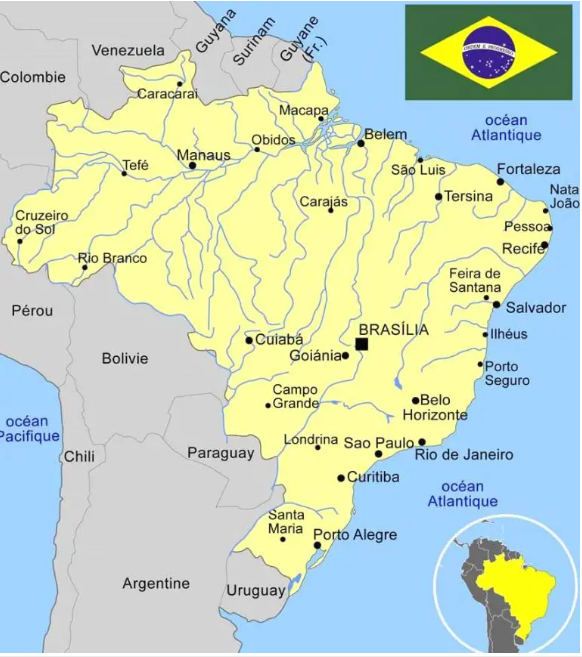 e has a white equatorial band with the motto ORDEM E PROGRESSO (Order and Progress); the green represents the forests of the country and the yellow rhombus its mineral wealth (the diamond shape roughly mirrors that of the country); the blue circle and stars depict the sky over Rio de Janeiro on the morning of 15 November 1889 – the day the Republic of Brazil was declared; the number of stars has changed with the creation of new states and has risen from an original 21 to the current 27 (one for each state and the Federal District).
e has a white equatorial band with the motto ORDEM E PROGRESSO (Order and Progress); the green represents the forests of the country and the yellow rhombus its mineral wealth (the diamond shape roughly mirrors that of the country); the blue circle and stars depict the sky over Rio de Janeiro on the morning of 15 November 1889 – the day the Republic of Brazil was declared; the number of stars has changed with the creation of new states and has risen from an original 21 to the current 27 (one for each state and the Federal District).
Restrictive monetary policy pending vote on the new fiscal framework
Investors are mainly concerned by the new fiscal framework soon to go to Congress. The parts of this new law already presented have reassured market participants while expectations were low. The Ministry of Finance took advice from fiscal policy specialists and multilateral institutions like the IMF. The new framework must address the country's weak credibility on fiscal (several breaches of the spending ceiling with law amendments in the past). It intends to be sustainable: while ensuring the country's long-term fiscal sustainability, it would allow countercyclical deficits if needed. Uncertainties remain regarding the expenditures and the government's ability to increase tax revenues, a condition for increasing public spending. The government must propose a tax reform to simplify a complex and inequitable system. In this quite positive fiscal development, the Brazilian central bank remains particularly cautious and does not take as input any unpassed bill. However, it changes the monetary institution's balance of risks by mitigating the likelihood of a massive fiscal slippage. Banco do Brasil also remains concerned about inflationary risk considering recent inflation data polluted by last year's tax measures and inflation expectations still too high to consider monetary easing. Thus, the central bank considers a rate cut premature, and market expectations quite fanciful (-150bp at the end of 2023). It also doesn't support an "inappropriate" upward revision of the inflation target (3%), as it would have more drawbacks than benefits.
Mexique (Federal presidential republic, population of 129.9M GDP (ppp) of $2.42Tr)
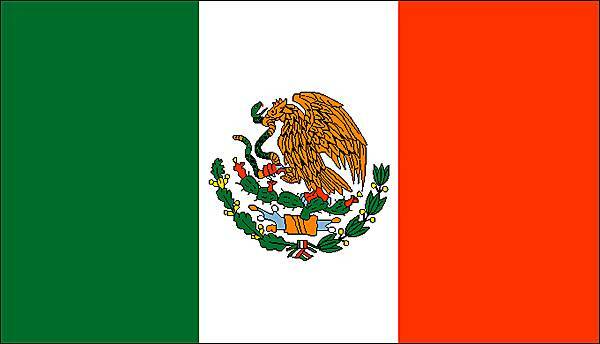 Three equal vertical bands of green (hoist side), white, and red; Mexico’s coat of arms (an eagle with a snake in its beak perched
Three equal vertical bands of green (hoist side), white, and red; Mexico’s coat of arms (an eagle with a snake in its beak perched 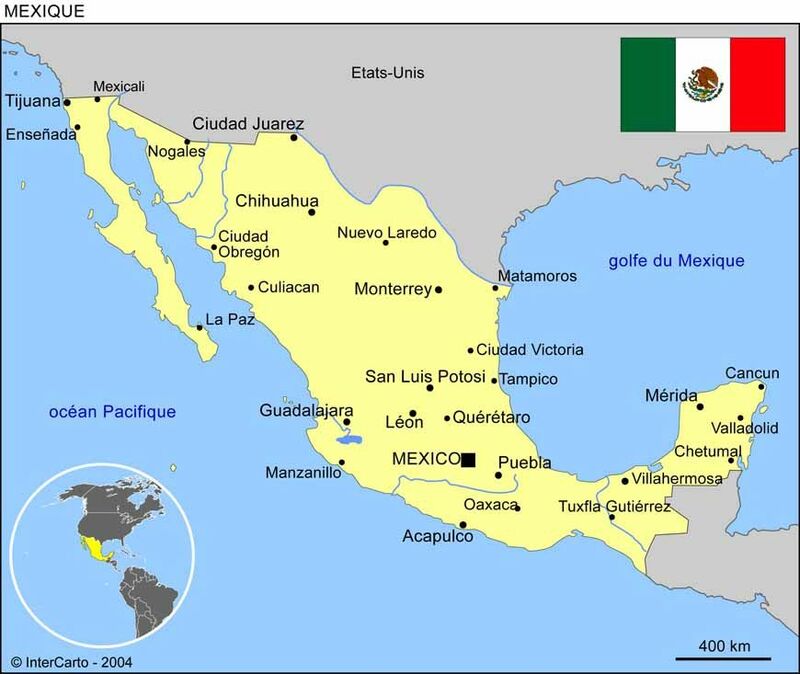 on a cactus) is centered in the white band; green signifies hope, joy, and love; white represents peace and honesty; red stands for hardiness, bravery, strength, and valor; the coat of arms is derived from a legend that the wandering Aztec people were to settle at a location where they would see an eagle on a cactus eating a snake; the city they founded, Tenochtitlan, is now Mexico City. Similar to the flag of Italy, which is shorter, uses lighter shades of green and red, and does not display anything in its white band.
on a cactus) is centered in the white band; green signifies hope, joy, and love; white represents peace and honesty; red stands for hardiness, bravery, strength, and valor; the coat of arms is derived from a legend that the wandering Aztec people were to settle at a location where they would see an eagle on a cactus eating a snake; the city they founded, Tenochtitlan, is now Mexico City. Similar to the flag of Italy, which is shorter, uses lighter shades of green and red, and does not display anything in its white band.
Strong policy-mix orthodoxy
The government expects growth of 1.5% yoy for this year. Demand remains robust, and the unemployment rate is historically low. As a result, real wages are rising by 3% yoy, with geographic and sectoral disparities favoring the northern region and the manufacturing and construction sectors. Financial conditions are now very restrictive. The nearshoring theme is a source of opportunity for companies but is not necessarily synonymous with growth and development. The government is therefore seeking to increase the added value produced locally by integrating intermediate companies, particularly in terms of security and education. The government has a primary surplus target of 0.7% for 2024 and wants to reduce the country's debt to 50% of GDP. It expects this year to see an increase in constrained budgetary spending with the rise in commodity prices affecting infrastructure projects and a decline in tax revenues due to the drop in oil prices associated with an appreciation of the peso. Accordingly, in response to these fiscal pressures, it will adjust discretionary spending. The Mexican central bank thinks it is too early to consider monetary easing, with still high and accelerating underlying inflation. Beyond the external causes that prevailed until now, the institution now sees internal pressures on price formation, with consumer spending above its pre-Covid levels supported by remittances and credit use. Banxico, which does not expect convergence to its inflation target (3% +/-1%) before the end of 2024 or even 2025, will maintain a restrictive policy with positive real rates over its forecast horizon.
Chile (Presidential republic, population of 18.5M, GDP (ppp) of $496Bn)
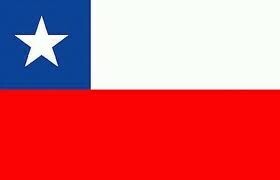 Two equal horizontal bands of white (top) and red; a blue square the same height as the white band at the hoist-side
Two equal horizontal bands of white (top) and red; a blue square the same height as the white band at the hoist-side end of the white band; the square bears a white five-pointed star in the center representing a guide to progress and honor; blue symbolizes the sky, white is for the snow-covered Andes, and red represents the blood spilled to achieve independence. Design influenced by the US flag.
end of the white band; the square bears a white five-pointed star in the center representing a guide to progress and honor; blue symbolizes the sky, white is for the snow-covered Andes, and red represents the blood spilled to achieve independence. Design influenced by the US flag.
Persisting inflation and reduced political risk
The Chilean economy is slowing less than expected by the central bank and the Ministry of Finance. It is mainly due to the lingering effects of public transfers to households and labor market pressures associated with rising real wages. While inflation expectations have adjusted significantly downward, current inflation shows signs of persistence due to resilient activity. Food price growth is decelerating, and currency appreciation should favorably impact price dynamics. However, until now, underlying inflation is not yet showing signs of deceleration. Banco Central de Chile does not expect inflation to converge to its 3% (+/-1%) target before the end of 2024 (end of 2025 for core inflation). In this context, the central bank cannot afford a false start and expects concrete signs of disinflation and contraction of the output gap. The external accounts continue to improve with a current account deficit currently at 4% of GDP (after -9% in 2022), helped by lower imports and favorable freight and copper prices developments. As for the reform agenda, the coming draft constitution should be more moderate than the previous one. Pension and tax reforms are uncertain after the recent rejection of the tax reform proposal. The government, which is in a minority in Congress, has less room to maneuver. Overall, investors' perception of political risk in Chile seems to have improved..
Colombia (Presidential republic, population of 49.3M, GDP (ppp) of $755Bn)
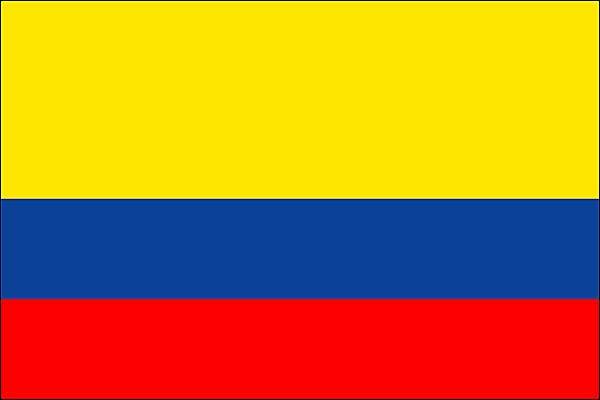 Three horizontal bands of yellow (top, double-width), blue, and red; the flag retains the three main colors of the banner of
Three horizontal bands of yellow (top, double-width), blue, and red; the flag retains the three main colors of the banner of 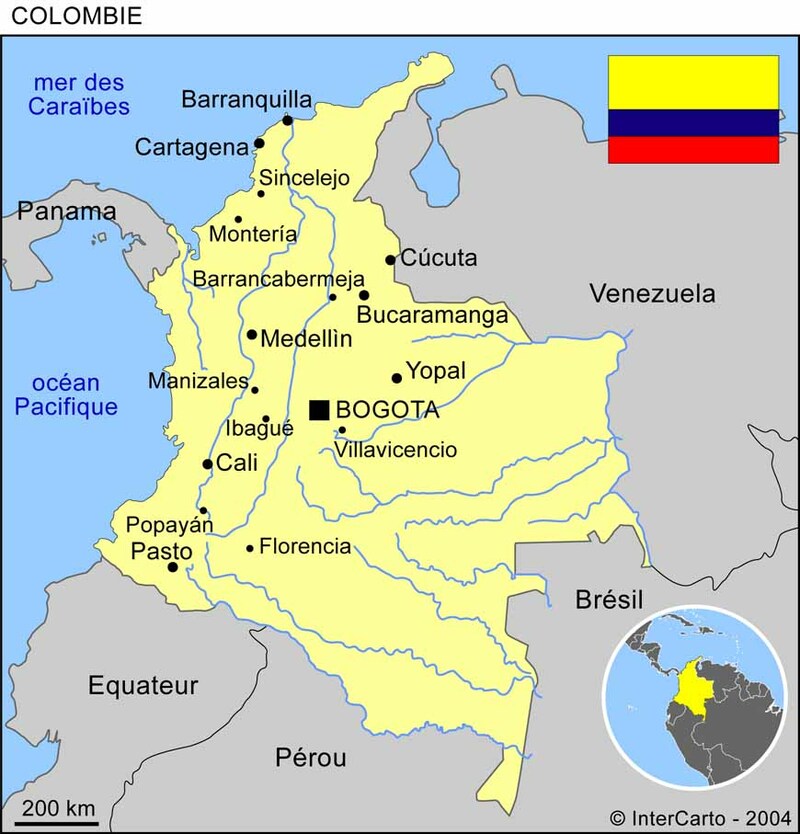 Gran Colombia, the short-lived South American republic that broke up in 1830; various interpretations of the colors exist and include: yellow for the gold in Colombia’s land, blue for the seas on its shores, and red for the blood spilled in attaining freedom; alternatively, the colors have been described as representing more elemental concepts such as sovereignty and justice (yellow), loyalty and vigilance (blue), and valor and generosity (red); or simply the principles of liberty, equality, and fraternity.
Gran Colombia, the short-lived South American republic that broke up in 1830; various interpretations of the colors exist and include: yellow for the gold in Colombia’s land, blue for the seas on its shores, and red for the blood spilled in attaining freedom; alternatively, the colors have been described as representing more elemental concepts such as sovereignty and justice (yellow), loyalty and vigilance (blue), and valor and generosity (red); or simply the principles of liberty, equality, and fraternity.
Central Bank vigilance and busy political agenda
The robustness of growth in 2022, supported by the public deficit, is expected to moderate this year. While economic indicators still point to resilient activity, both leading indicators and feedback from the field suggest a rapid deceleration of activity in the months ahead. Inflation remains very high at 13% yoy and has yet to reach its peak. The Colombian central bank is surprised by the inflationary dynamics given the extent of this cycle's tightening (+1125bp at 13%). The main reasons for the institution are certainly the high degree of indexation in the price index (25% minimum), the opening of the economy associated with the currency depreciation, and the increase in the minimum wage. BanRep has not yet finished with its monetary tightening policy and is uncertain about the extent of further adjustment needed. The Ministry of Finance is more optimistic about the inflation outlook, given the sharp deceleration in producer prices and the expected decline in food prices after two years of historically poor harvests (la Nina). The structural current account deficit is an issue, but a significant adjustment is expected this year with a relative import decline. Foreign direct investment remains high, and the energy transition policy should be progressive and not destabilize the country's external stability. Concerning ongoing reforms (pension, labor, health), the institutional "safeguards" are playing their role well, limiting the extreme ambitions of the Petro administration and forcing the government to negotiate with Congress. Policymakers expect an improvement in the budget deficit, but investors are concerned about the effects of ongoing reforms. These reforms must be compatible with the fiscal rule. Finance Minister Ocampo, the guarantor of relative fiscal responsibility vis-à-vis the markets, has announced his willingness to stay in office for at least another year.
Peru (Presidential republic, population of 32.4M, GDP (ppp) of $422Bn)
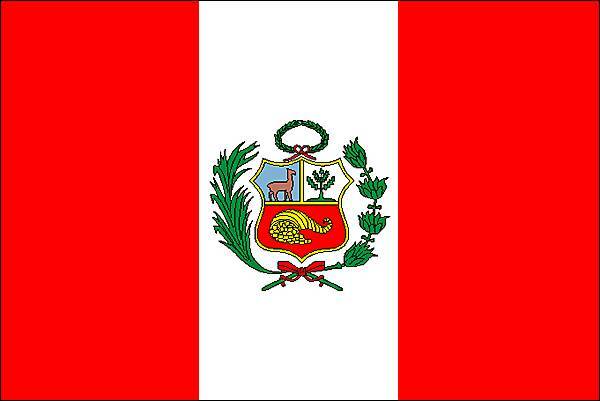 Three equal, vertical bands of red (hoist side), white, and red with the coat of arms centered in the white band; the coat of arms featu
Three equal, vertical bands of red (hoist side), white, and red with the coat of arms centered in the white band; the coat of arms featu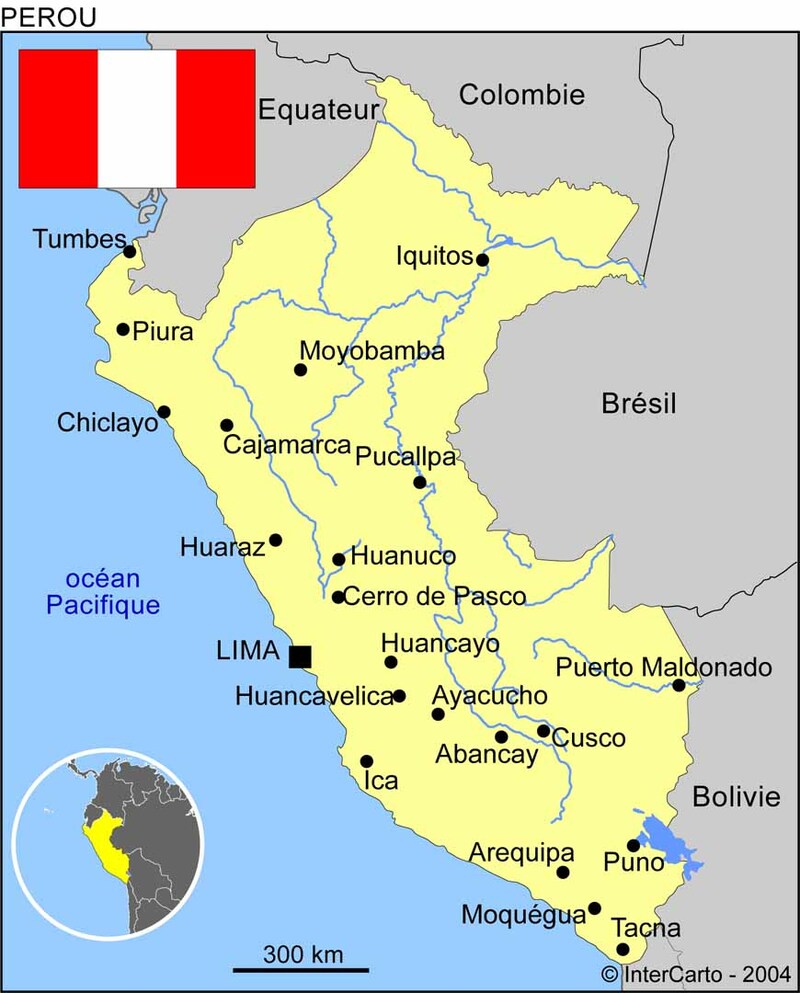 res a shield bearing a vicuna (representing fauna), a cinchona tree (the source of quinine, signifying flora), and a yellow cornucopia spilling out coins (denoting mineral wealth); red recalls blood shed for independence, white symbolizes peace.
res a shield bearing a vicuna (representing fauna), a cinchona tree (the source of quinine, signifying flora), and a yellow cornucopia spilling out coins (denoting mineral wealth); red recalls blood shed for independence, white symbolizes peace.
Relative economic and monetary stability in the face of political noise
The country's mining activity has been disrupted by logistical problems related to the political instability observed at the beginning of the year, with many roadblocks now globally lifted. However, this has led the central bank (BCRP) to revise downwards its growth forecast for this year to 2.6% (2.9% previously). The monetary institution notes a slowdown in investment and activity in the construction sector, but generally, the economy is doing well, particularly consumption expected to grow by 2.8% this year. Inflation is currently around 8.5% yoy, on a plateau since mid-2022, a level still of concern to the central bank. The avian flu that hit the continent and heavily impacted the price of chicken and global food has contributed to high inflation. BCRP expects inflation to fall to 3.8% by the end of the year, thanks mainly to an expected zero growth in food prices. Policymakers expect a stable budget deficit of around -1.6% of GDP this year, a significant improvement after the abysmal fiscal deficit of 2020 (-9%), thanks to the rebound in tax collection. The current account deficit is expected to improve to -1.4% of GDP and should be more than covered by foreign direct investments estimated at 2.6% of GDP for this year. Investors do not anticipate more policy rate hikes, but BCRP says it will tighten monetary conditions further, if necessary, although this is not its base case scenario right now. It wants to keep full flexibility and continue to consider forward guidance as a policy mistake.

